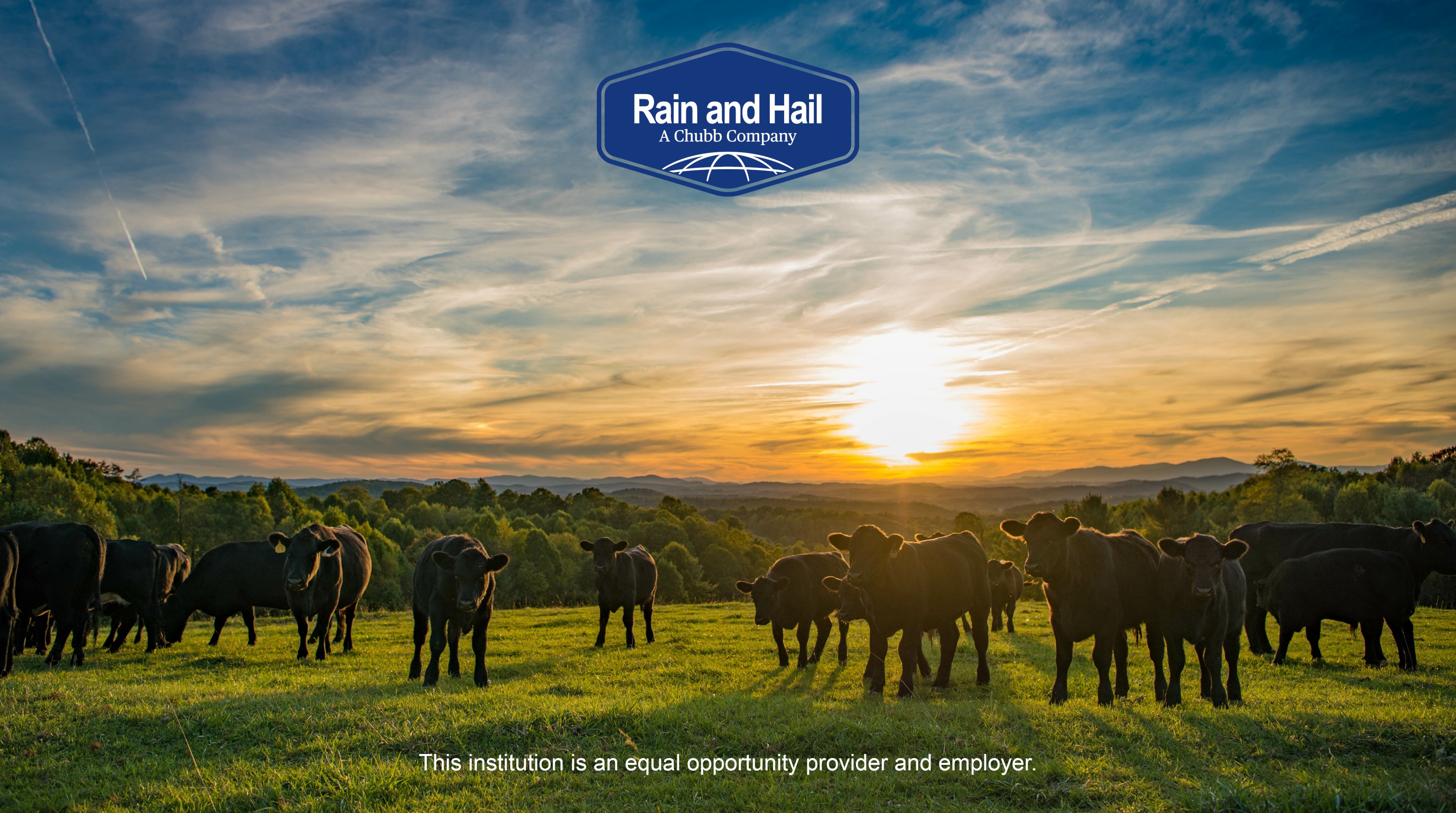Bagley Risk Management : Securing Your Company Future
Bagley Risk Management : Securing Your Company Future
Blog Article
Recognizing Animals Threat Protection (LRP) Insurance Coverage: A Comprehensive Guide
Navigating the realm of animals risk defense (LRP) insurance can be a complex venture for many in the agricultural market. From just how LRP insurance coverage works to the numerous insurance coverage alternatives available, there is much to uncover in this thorough overview that might potentially shape the method animals manufacturers come close to threat management in their companies.

Exactly How LRP Insurance Coverage Works
Occasionally, comprehending the auto mechanics of Livestock Threat Defense (LRP) insurance can be intricate, however breaking down how it functions can give quality for breeders and farmers. LRP insurance policy is a threat monitoring device developed to secure livestock manufacturers versus unexpected price declines. The plan enables manufacturers to set a coverage degree based on their particular needs, picking the number of head, weight array, and insurance coverage price. As soon as the policy remains in area, if market value drop listed below the insurance coverage price, manufacturers can file a case for the difference. It is necessary to keep in mind that LRP insurance policy is not a profits guarantee; instead, it concentrates entirely on rate risk defense. The coverage period usually ranges from 13 to 52 weeks, supplying versatility for manufacturers to choose a period that lines up with their production cycle. By making use of LRP insurance coverage, herdsmans and farmers can alleviate the economic risks related to rising and fall market value, ensuring better stability in their operations.
Qualification and Insurance Coverage Options

When it comes to protection choices, LRP insurance supplies producers the adaptability to choose the insurance coverage degree, insurance coverage period, and endorsements that best fit their threat monitoring needs. By comprehending the qualification requirements and insurance coverage options offered, livestock manufacturers can make enlightened choices to take care of threat properly.
Advantages And Disadvantages of LRP Insurance
When examining Livestock Risk Defense (LRP) insurance coverage, it is essential for livestock producers to evaluate the benefits and drawbacks fundamental in this threat management device.

One of the primary benefits of LRP insurance coverage is its capability to give protection versus a decrease in animals costs. Furthermore, LRP insurance offers a degree of versatility, permitting producers to personalize coverage degrees and plan durations to fit their certain needs.
Nevertheless, there are likewise some drawbacks to take into consideration. One restriction of LRP insurance is that it does not safeguard versus all kinds of threats, such as illness outbreaks or natural catastrophes. Costs can sometimes be pricey, specifically for manufacturers with large animals herds. It is crucial for producers to thoroughly examine their specific risk exposure and monetary circumstance to determine if LRP insurance policy is the appropriate threat administration tool for their operation.
Recognizing LRP Insurance Coverage Premiums

Tips for Making Best Use Of LRP Perks
Maximizing the advantages of Livestock Risk Defense (LRP) insurance calls for tactical preparation and positive threat management - Bagley Risk Management. To take advantage of your LRP coverage, take into consideration the following ideas:
Regularly Evaluate Market Problems: Keep educated about market patterns and price changes in the livestock market. my company By checking these aspects, you can make educated decisions regarding when to buy LRP protection to protect versus possible losses.
Set Realistic Protection Levels: When choosing insurance coverage degrees, consider your production prices, market price of animals, and potential risks - Bagley Risk Management. Setting sensible insurance coverage levels makes sure that you are effectively shielded without paying too much for unnecessary insurance
Diversify Your Protection: Rather of depending exclusively on LRP insurance coverage, consider diversifying your danger monitoring strategies. Incorporating LRP with other risk administration devices such as futures agreements or options can provide thorough coverage against market uncertainties.
Evaluation and Adjust Protection Consistently: As market conditions transform, occasionally review your LRP coverage to ensure it straightens with your existing danger exposure. Changing coverage degrees and timing of acquisitions can aid enhance your danger security approach. By complying with these tips, you can maximize the advantages of LRP insurance coverage and guard your animals operation against unforeseen dangers.
Conclusion
To conclude, animals danger security (LRP) insurance is a useful device for farmers to handle the monetary risks connected with their animals procedures. By comprehending just how LRP works, eligibility Visit Website and coverage alternatives, in addition to the benefits and drawbacks of this insurance coverage, farmers can make enlightened choices to safeguard their livelihoods. By carefully taking into consideration LRP premiums and executing approaches to optimize advantages, farmers can alleviate potential losses and ensure the sustainability of their procedures.
Animals producers interested in getting Livestock Risk Protection (LRP) insurance can check out an array of qualification criteria and protection options customized to their specific livestock procedures.When it comes to insurance coverage alternatives, LRP insurance policy provides manufacturers the adaptability to pick the protection level, insurance coverage period, and recommendations that finest suit their danger monitoring requirements.To grasp the intricacies of Animals Threat Protection (LRP) insurance policy fully, recognizing the aspects influencing LRP insurance policy costs is important. LRP insurance policy costs are determined by various aspects, consisting of the insurance coverage level picked, the expected price of livestock at the end of the coverage duration, the kind of animals being guaranteed, and the size of the insurance coverage period.Review and Readjust Coverage Routinely: As market conditions change, periodically review your LRP insurance coverage to guarantee it straightens with your present threat direct exposure.
Report this page